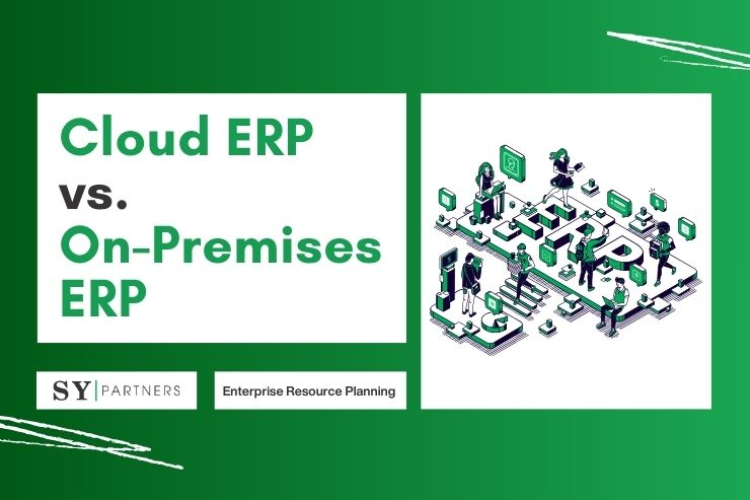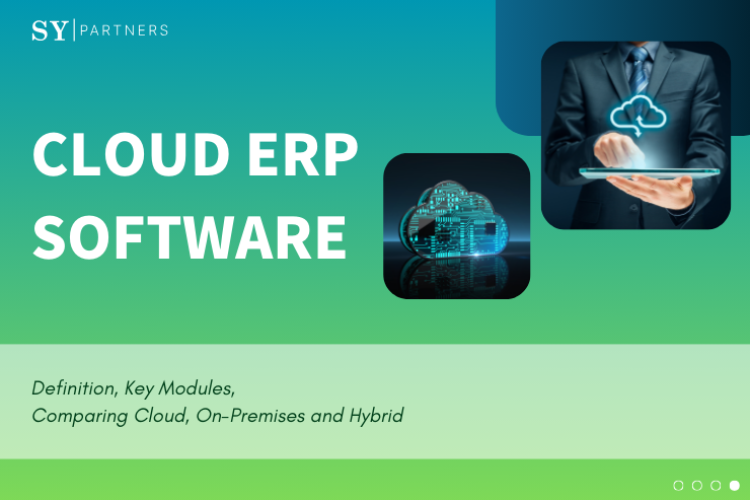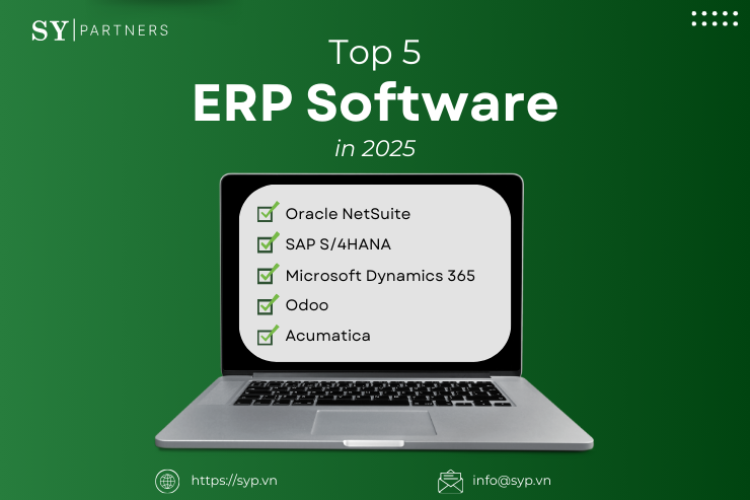Cloud ERP vs. On-Premises ERP Which Is Right for Your Business
Enterprise Resource Planning (ERP) solutions streamline core business processes like finance, HR, and supply chain management. The two primary deployment models are Cloud ERP and On-Premises ERP. Your choice should consider factors such as budget, customization needs, data security, and available IT resources.


 EN
EN JP
JP KR
KR

